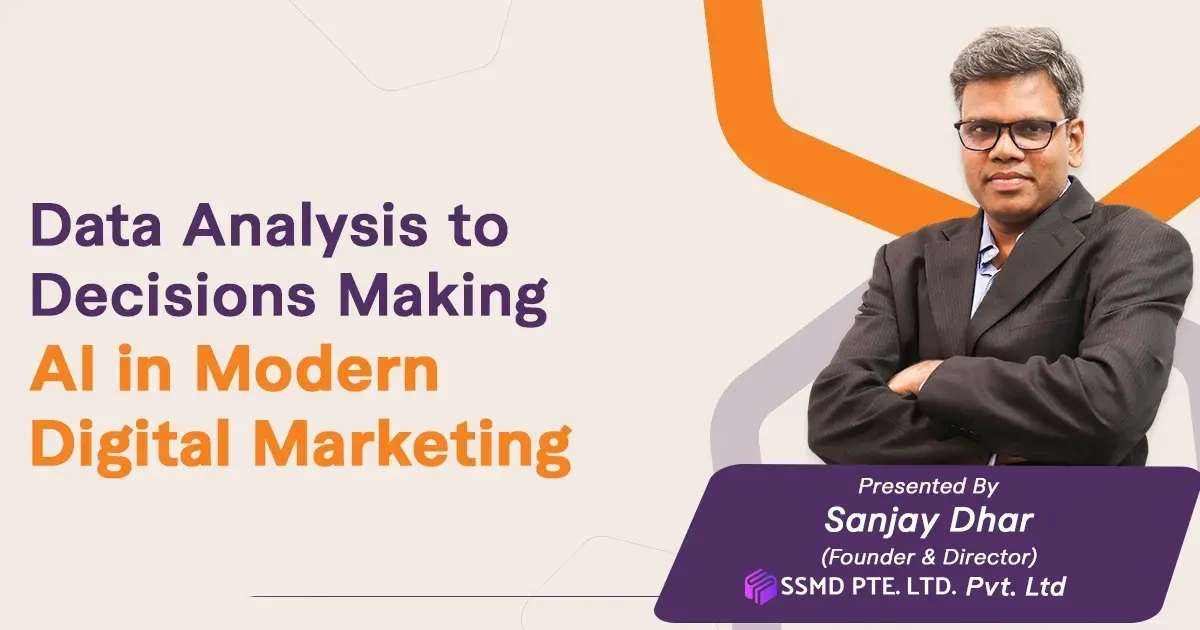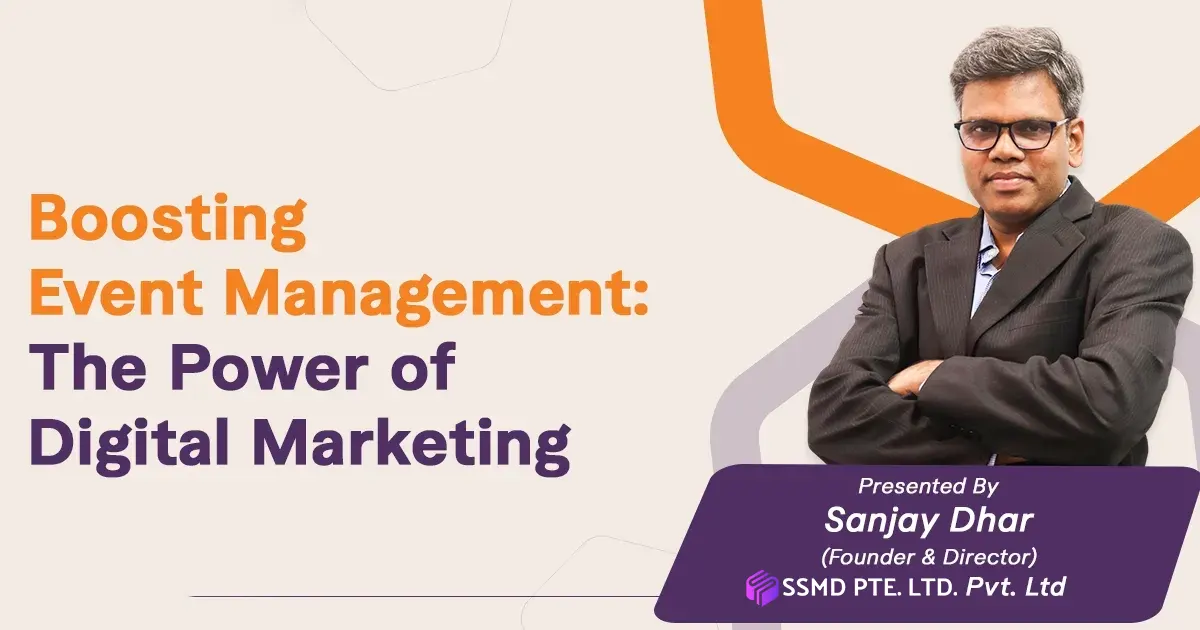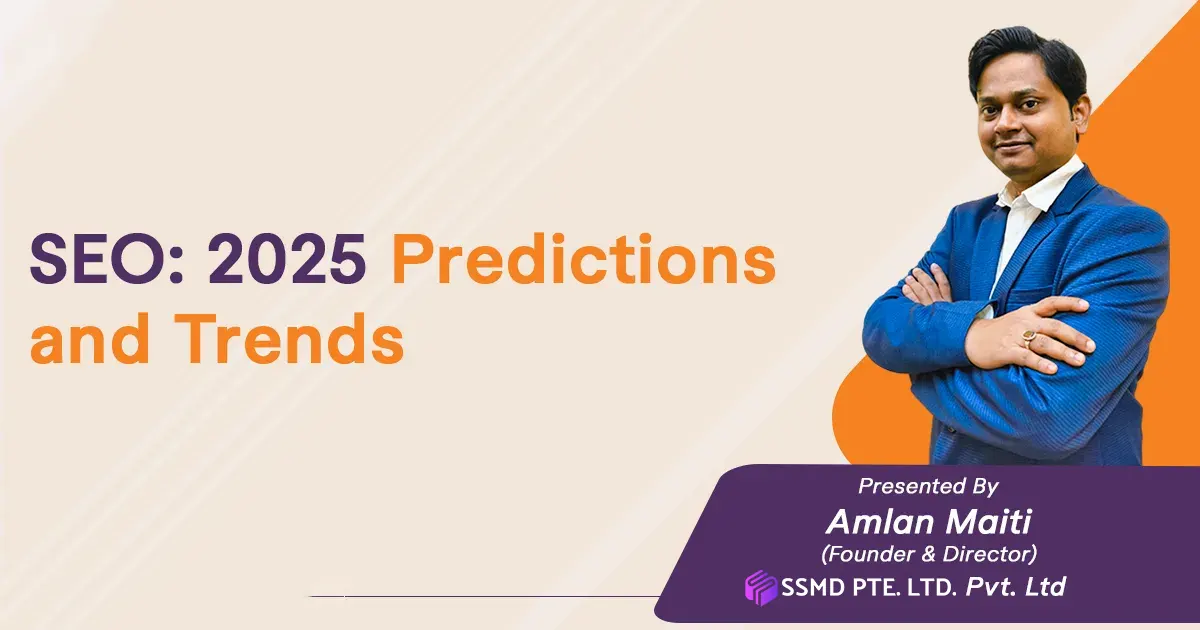Headless CMS and SEO: Why Choose Headless CMS?
Headless CMSs have been on the rise in recent years thanks to the many advantages in terms of development and simulation that they promise. The multiple solutions available on the market today are helping to democratize headless CMS, but it remains to be seen whether they are well-suited with SEO requirements.
What is a Headless CMS?
Classic content management systems such as WordPress or Drupal are called coupled CMS. These solutions manage both the writing of data in the database, their editing through an operator interface, and the distribution of this data to end-users (display of content). A website built from a couple, traditional CMS is entirely dependent on the latter for its administration. By using WordPress, for example, each action on the website (creating a page, modifying the design of certain templates, etc.) involves following rules and constraints defined by the very functioning of the CMS.
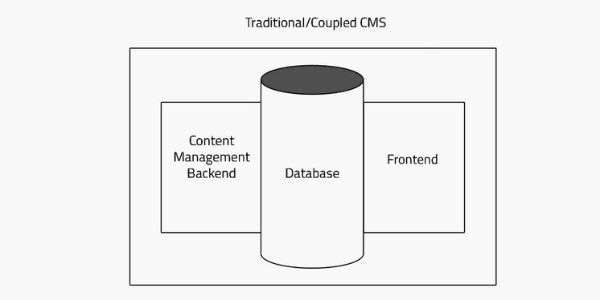
A so-called “headless” CMS separates the data (back-end) from its presentation (front-end). The system responsible for editing the content of a page is not the one responsible for its display to the end-user. The headless CMS focuses only on the data of a site, so it does not manage the presentation of this data, which requires APIs allowing the transfer of the various contents of the CMS to the user.

Headless CMS: Advantages
The main argument in favor of headless CMS is that of flexibility. On the one hand, since the presentation of content is no longer constrained by the management system, developers can easily code in modern languages (JavaScript) and overcome the limits of coupled CMS.
On the other hand, headless CMS is designed to distribute the same content on a multitude of devices: website, application, etc. It is thus easier for a brand to relay the same content on different devices, with a format always perfectly suited. Finally, since the distribution of the data is managed by API, it is possible to easily modify the presentation of the various contents of a site or an app without having to edit them in the back.
Disadvantages of Headless CMS
Headless CMS also has several drawbacks that can depend on the project, making them less suitable than traditional CMS, starting with the preview of content which is often not native and can be complicated to obtain. Likewise, it is not possible to format content from a WYSIWYG interface (as offered by a solution like WordPress) since, by definition, the back is separated from the front in a headless architecture. Most of the modules offered by coupled CMS are also not natively available in a headless CMS, which can impact development time and cost. Finally, the development of the front in SPA or full JavaScript poses serious SEO problems (see below).
The main Headless CMS solutions
Many players have positioned themselves in the headless CMS segment. Among the main ones, can be mentioned: Sitecore, Front-Commerce, Contentful, Sanity, Strapi, Magnolia, Contentstack, Netlify, Kentico Kentent, … Also note solutions like REST API (WordPress) and RESTful (Drupal) allow to transform a CMS coupled to headless CMS.
SEO Challenges of Headless CMS
A headless CMS has advantages and disadvantages to SEO optimization. While it can natively present high risks to the positioning of a site in search results, it also offers benefits about current ranking criteria.
Headless CMS and SEO: The Advantages
The flexibility mentioned above, a strong argument in favor of headless CMS, is also an asset for SEO. Since the front can be built without the constraints of the back, it is possible to build a site perfectly optimized for search engine bots. Be careful, however, this strength of headless CMS is also a weakness (see below). While it is theoretically easier to deploy advanced SEO optimizations on a headless CMS, this requires specific preparation and may require development time.
Another SEO advantage of headless CMS: loading performance. Sites developed from these solutions generally have favorable speed scores, which helps bots crawl and improve their ranking in search results. And while Google is preparing to integrate the Core Web Vitals speed criteria into its ranking algorithm, the question of website performance remains very topical.
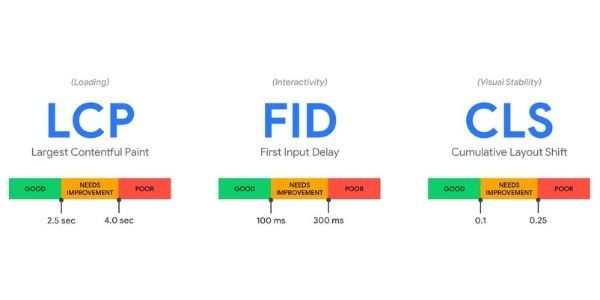
Google’s new performance criteria: Core Web Vitals
Headless CMS and SEO: The Disadvantages
Headless CMS presents two major SEO issues. The first is the inability to natively edit-key SEO tags such as the title, the alt attribute of an image, or the meta description of a page. While most solutions provide modules to optimize these elements, their implementation is therefore essential from the site construction phase via a headless CMS.
The second SEO difficulty is related to the JavaScript language, often used in addition to headless CMS by development teams quick to use modern programming languages. However, since JavaScript is still difficult to interpret by Google (and not at all by other engines), a site developed from a headless CMS could be unreadable and not searchable by bots, and therefore unable to rank in the results. of research. This problem, identical to that posed by SPAs (Single Page Applications), requires the implementation of a pre-rendering service (SSR, SSG, ISR …), which will translate into a standard HTML format and readable for bots the contents of the site.

The process of interpreting JavaScript by Google can be resource-intensive, which is not always available. Offering an HTML version to bots allows them to read and explore the content immediately.
Native, a headless CMS is therefore not SEO friendly: specific developments will be necessary to allow the integration of optimizations, even the most mundane generally covered by traditional CMS. Migrating from a CMS coupled to headless without SEO expert could therefore have heavy impacts on the positioning, traffic, and organic revenue of a site. However, with SEO logic embedded from its design, a headless CMS could achieve a higher level of optimization than a traditional CMS could offer, thanks to unparalleled flexibility in terms of development.
Need digital marketing support for the creation of your site under headless CMS? Please do not hesitate to contact us.
SSMD Pte Ltd,, September 20, 2021




